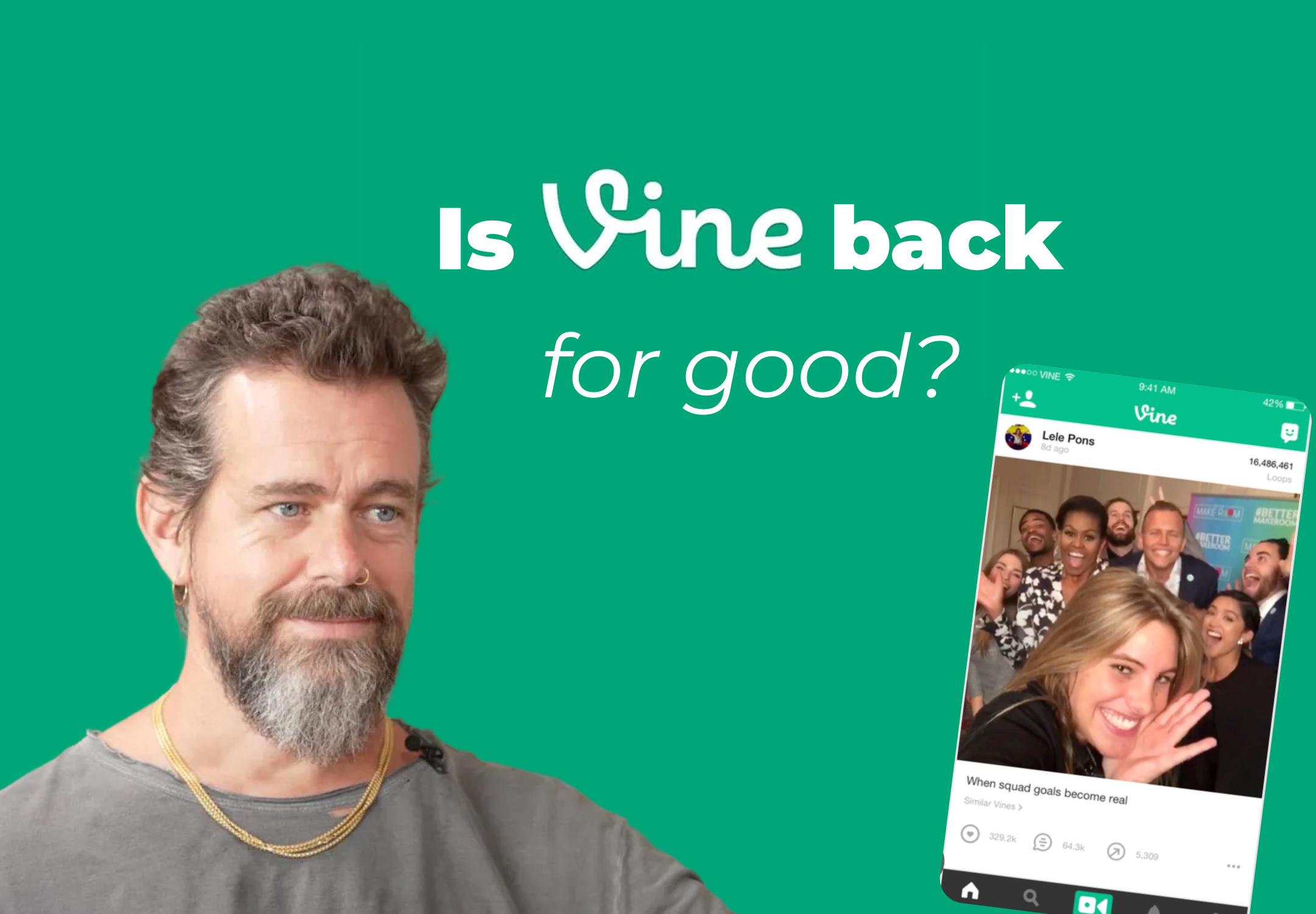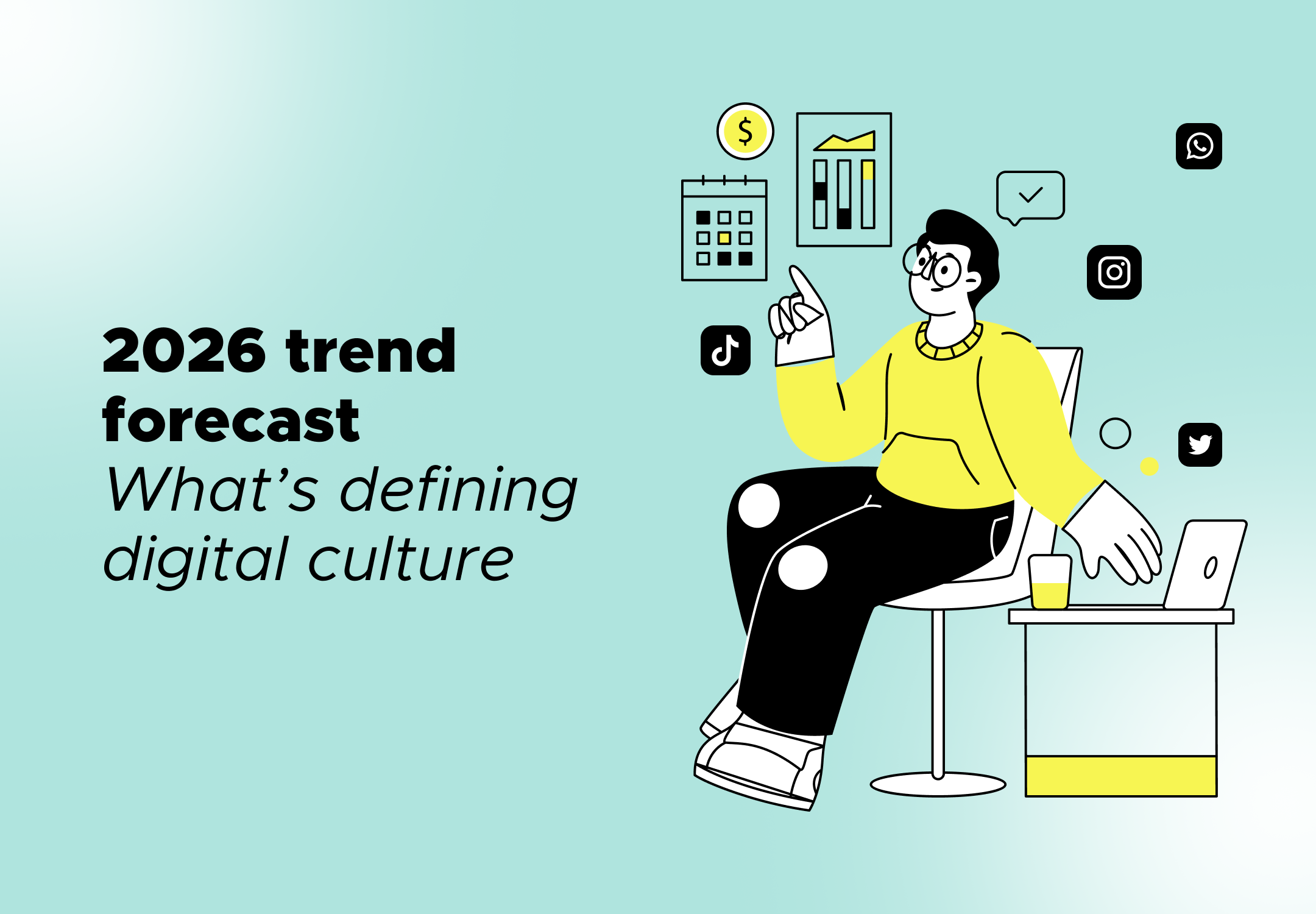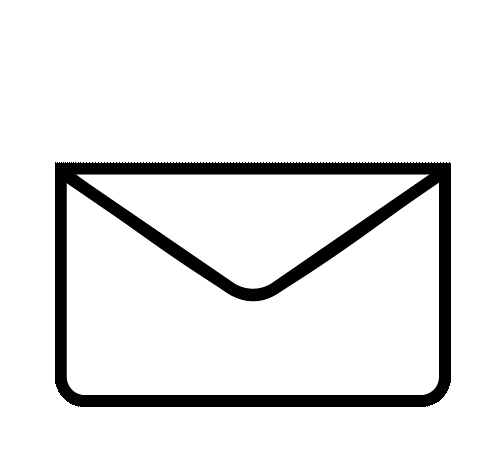How ‘Wicked: For Good’ transformed brand collaboration
Universal Pictures' Wicked franchise didn't just break box office records with $700 million globally - it rewrote the playbook for entertainment marketing through 400+ brand partnerships. Now Wicked: For Good is taking that blueprint and making it even smarter.
November 20, 2025

You couldn’t escape it if you tried. Pink and green everywhere – your local Starbucks, Target shelves, even your Instagram feed. When Universal Pictures launched the Wicked campaign, they didn’t just market a movie. They created a full-blown cultural takeover that had everyone from beauty brands to food companies wanting a piece of the magic. Now with Wicked: For Good dropping November 21, 2025 in US theaters and globally, the sequel’s marketing strategy is getting smarter, building on what worked while keeping things fresh.
The numbers behind the strategy
Universal partnered with more than 400 brands and, according to industry insiders, dropped approximately $150 million on global marketing. The payoff? A staggering 2 billion shopper interactions and 25 billion global impressions, as reported by Because of Marketing. Fashion brands racked up $27 million in media impact value, and searches surged 60% since February 2024.
The film crushed records with a $165 million global opening weekend and pulled in more than $700 million by early 2025, according to CNBC. The real win? 29% of opening weekend crowds were ages 25 to 34, with another 20% between 18 and 24, based on IMDB data. That’s the exact demographic most brands are desperately trying to reach.
Universal got strategic early. In March 2023, they brought 200 brand marketers to the London set to prove Wicked would be huge. They followed Barbie’s playbook, which generated more than $125 million in retail sales, according to Forbes. Steve McQuaide, VP of Strategy for elk Marketing, explains: “These brand collaborations are redefining customer acquisition. Each drop doubles as a real-time experiment in audience behavior, highlighting who engages, who converts, and why.”
3 Brand partnerships leading the sequel
The sequel brought fresh energy with new collaborations that show how brands evolved their strategies.

Dunkin’ made a bold entrance as a newcomer to the franchise, launching Wicked Green Matcha and Wicked Pink Refresher alongside collectible Munchkins tins. The American coffee and donut chain even recruited stars Cynthia Erivo and Jonathan Bailey for a playful behind-the-scenes spot imagining what would happen if Dunkin’ existed in Oz. Jill Nelson, Dunkin’s chief marketing officer, captured the approach perfectly: “Partnering with a story that means so much to fans everywhere gave us the chance to have a little fun with our own world too”.

Puma elevated sportswear with their 14-piece capsule dropping November 5th, featuring the highly-anticipated Speedcat ballet flats in lavender – a strategic color shift from the first film’s bold pink and green. The German sportswear giant proved that Wicked’s appeal extends beyond theatre fans to sneakerheads and fashion-forward consumers globally. By choosing lavender as Glinda’s signature color for the sequel, Puma differentiated their collection while maintaining the film’s visual identity.

Le Creuset brought luxury into the mix with their Glinda and Elphaba Dutch ovens featuring custom embossing and collectible packaging. The French cookware brand’s involvement signaled that Wicked collaborations weren’t just about quick merchandise grabs – they were about creating heirloom-quality products that fans would treasure for years. At price points around $400, Le Creuset demonstrated that the sequel’s partnerships could command premium positioning across global markets.
How the sequel evolved the playbook
Gen Z lives on TikTok – 80 to 95 minutes daily. Brands crushed it with the “drop” model wrapped in that instantly recognizable pink and green with tight launch windows. Collaborations ranged from Compartés chocolate to Wicked-scented Gain detergent to Swarovski ornaments. Depop reported searches jumped 189% between September and October. When Gen Z wants something, they’ll hunt it down on resale platforms.
Universal’s playing smarter for the sequel. According to Variety, they’re spending roughly $90 million instead of $150 million. They’re ditching traditional press junkets for fan events in São Paulo, Paris and London. Of 400 brand partners, only 165 returned. Michael Moses, Universal’s CMO, explained: “You can’t miss us if we never go away.” With 10 Academy Award nominations, the campaign practically markets itself.
The future of entertainment marketing
The Wicked playbook’s brilliance is in its execution. Partnerships need authentic alignment – the budget breakdown tells the story: 40% digital, 30% partnerships, 20% traditional ads, 10% experiential. Steve Granelli from Northeastern University explains: “On the off chance four percent of people purchase something because of a collaboration, that’s a win.” According to Good Story, they achieved a 46% ROI within the first week.
Here’s what Wicked proved: entertainment properties can be marketing infrastructure. For DTC brands, this was a masterclass when traditional methods keep getting more expensive and data privacy rules stricter. Limited releases generate invaluable first-party data through waitlists and QR codes. Getting to Gen Z doesn’t require a $150 million budget – it requires showing up where culture actually happens, creating something people genuinely want, and trusting partnerships to do the heavy lifting. That’s the real magic.
Latest News ☕

Creator economy 2026: The industries with the biggest growth potential
November 19, 2025
The creator economy is projected to nearly double from $250 billion to $500 billion by 202...

Vine revival 2025: Jack Dorsey’s diVine brings back 100,000 clips
November 17, 2025
Twitter founder and tech entrepreneur Jack Dorsey funds Vine revival as diVine in 2025, br...

2026 trend forecast: The lingo and micro-movements defining digital culture
November 15, 2025
Users are creating their own digital tribes - complete with insider languages like brat an...


